Showcase Sunday: Tallinn, Day 3
This post was published on Oct 24 2019. It was about the third and last day of the trip my family and I took to the Estonian capital Tallinn.
Part 2 of the series is here.
Part 1 of the series is here
I'm done editing the photos and I'm making a post about the third and final day there now. We decided to leave Toompea Hill for the last because it was closest to our hotel. We had to be at the harbour on time.
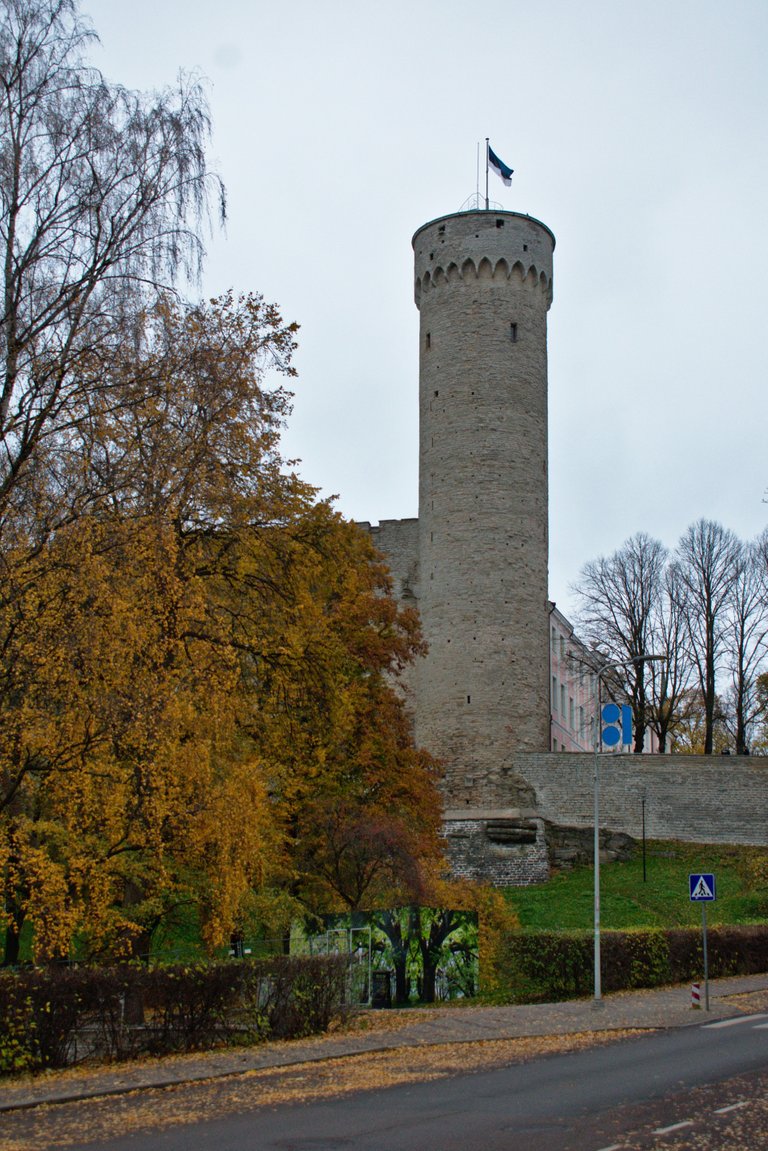
This tower is part of the oldest part of the fortress and the Estonian parliament is adjacent to it. It is often used as a background image when Estonian political events are reported on the news. The castle is about 800 years old. Tallinn was founded by the Danish. The name is probably derived from the words Taani linn (= the city of the Danish). The Kingdom of Denmark took control of the area in a crusade in 1219. After that, ownership of the city kept going back and forth between German Knights (Livonian Brothers of the Sword, Livonian Order) and the Kingdom of Denmark until the German Knights controlled it between 1356 and 1561 when the Kingdom of Sweden gained control of it. Estonia (and Tallinn were) part of the Kingdom of Sweden until 1710 when the Russian Empire conquered it from Sweden in the Great Northern War. Estonia gained independence and national sovereignty in 1918. In the summer of 1940, Estonia was forced to accede to the demands of the Soviet Union to set up bases in the country, which resulted in the annexation of the country by the Soviet Union as a Soviet Socialist Republic at gunpoint. Independence was regained by Estonia in 1991.
Finland was spared of the horrors of Soviet totalitarianism and Stalinist terror in particular because of the successful defense of the country in the winter if 1939-1940 and later in the summer of 1944. Estonia didn't have a realistic chance of defending its freedom during WW II. It was first occupied and annexed by the Soviet Union and occupied by Nazi Germany between 1941 and 1944. A total of about 50,000 or 5% of the population was taken to the Gulag, the Soviet system of forced labor and death camps in 1940. Scaled to the population of Finland at the time it would've meant that deportation and partial extermination of 200,000 people. I'm hoping that Estonia and all the other Eastern European small countries can retain their independence in the future.
The Estonians and the Finns are ethnic and linguistic cousins. The majority of the population have the same religion, Evangelic-Lutheran Protestant Christianity. A minority of ethnic Estonians are Orthodox Christians. Since the beginning of the Soviet period, Estonia has had a large mainly Russian minority. You can hear a lot of Russian spoken in Tallinn and the northeastern part of the country near the border. Estonian culture has a stronger German influence than Finland. All of the Baltic states have had German nobilities for centuries. The Cathedral School in the Toompea Hill district was re-opened after a long break as an Estonian language primary school for the first time in 2011. Most of the Germans had left after WW I.
My impression of Estonia is that it is gradually transforming into something like the Nordic countries. Its Gini coefficient is about 36 whereas Finland's is about 25. The smaller the number, the smaller the income disparity at a national level. In that sense, it's not similar to the Nordic countries. While both Finns and Estonians tend to be quiet, hard-working, rational and reserved and are similar in many respects, I'd say Estonians tend to dress slightly better. Tallinn is a Unesco World Heritage Site and among the medieval cities and towns on the shores of the Baltic Sea it is larger and more impressive than anything in Finland. Helsinki Urban Area is about three times larger in terms of population than Tallinn but based on what I've seen, Tallinn is the more impressive one of the two cities.
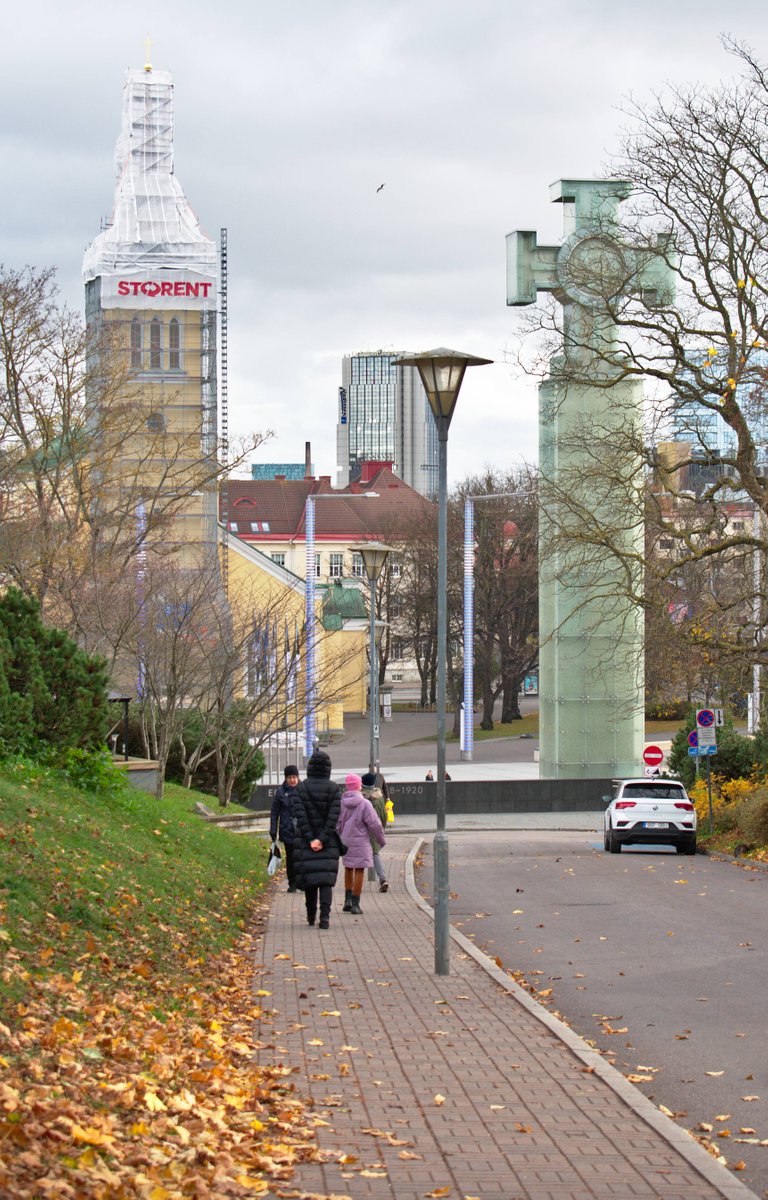
The monument of the Estonian War of Independence in 1918

Alexander Nevsky Orthodox Cathedral built in the late 19th century. It is very beautiful on the inside but photography was forbidden in there.
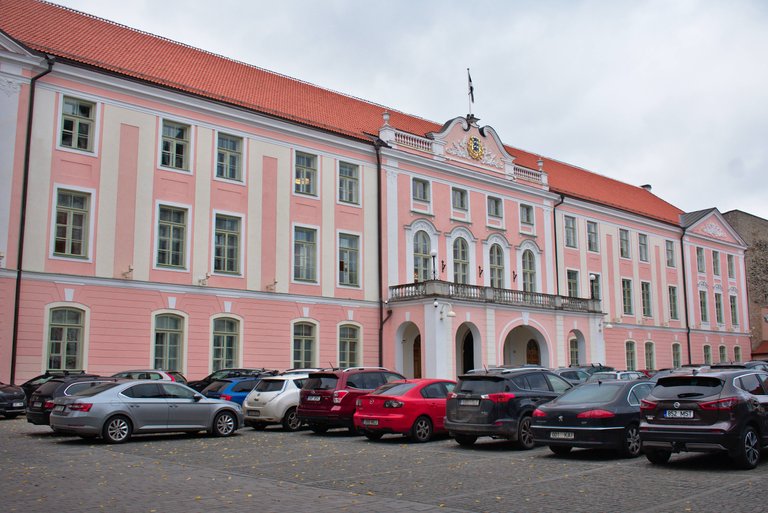
The Estonian parliament. It's open to visitors on Fridays from 11 am to 4 pm, I think. It's best to verify that. There is an art collection inside.
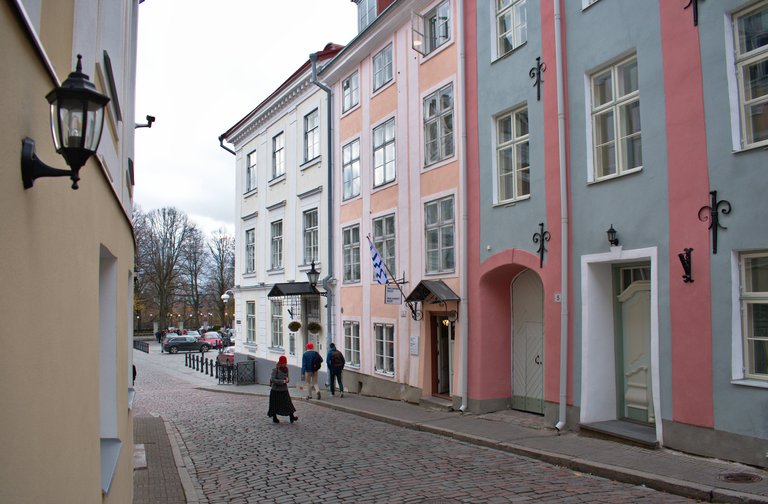


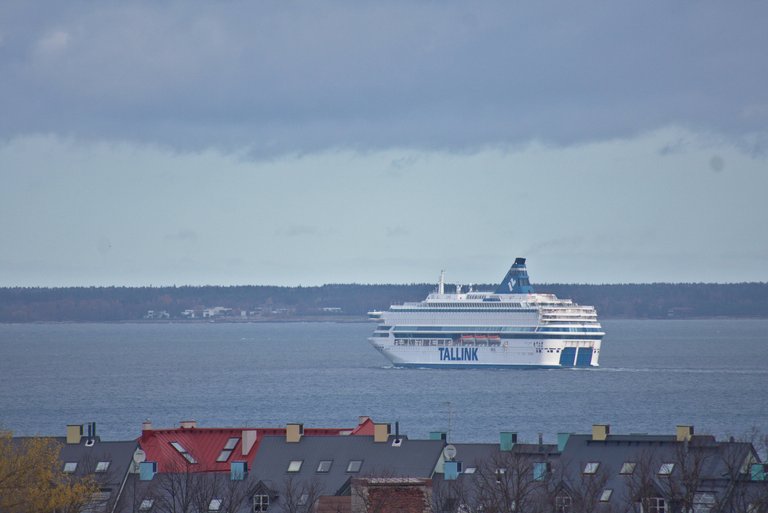
Taken at one of the viewing platforms on the north side of Toompea Hill

The television tower in the district of Pirita
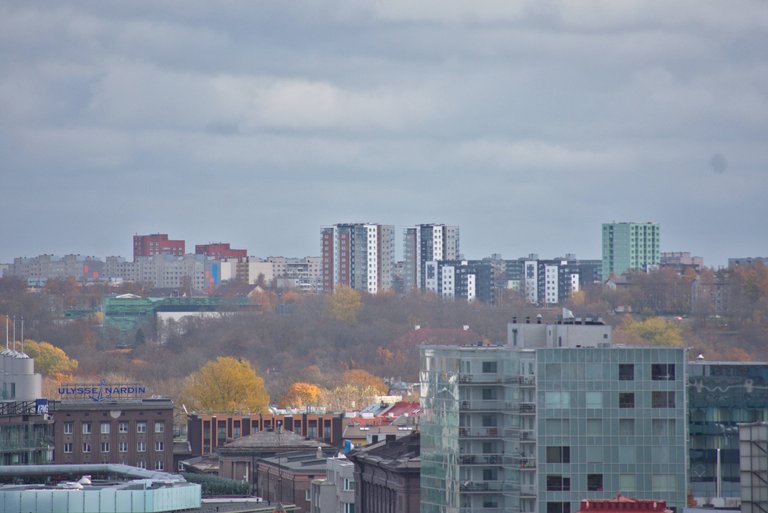
I suspect that's the suburb of Lasnamäe that has a population of 116,000.
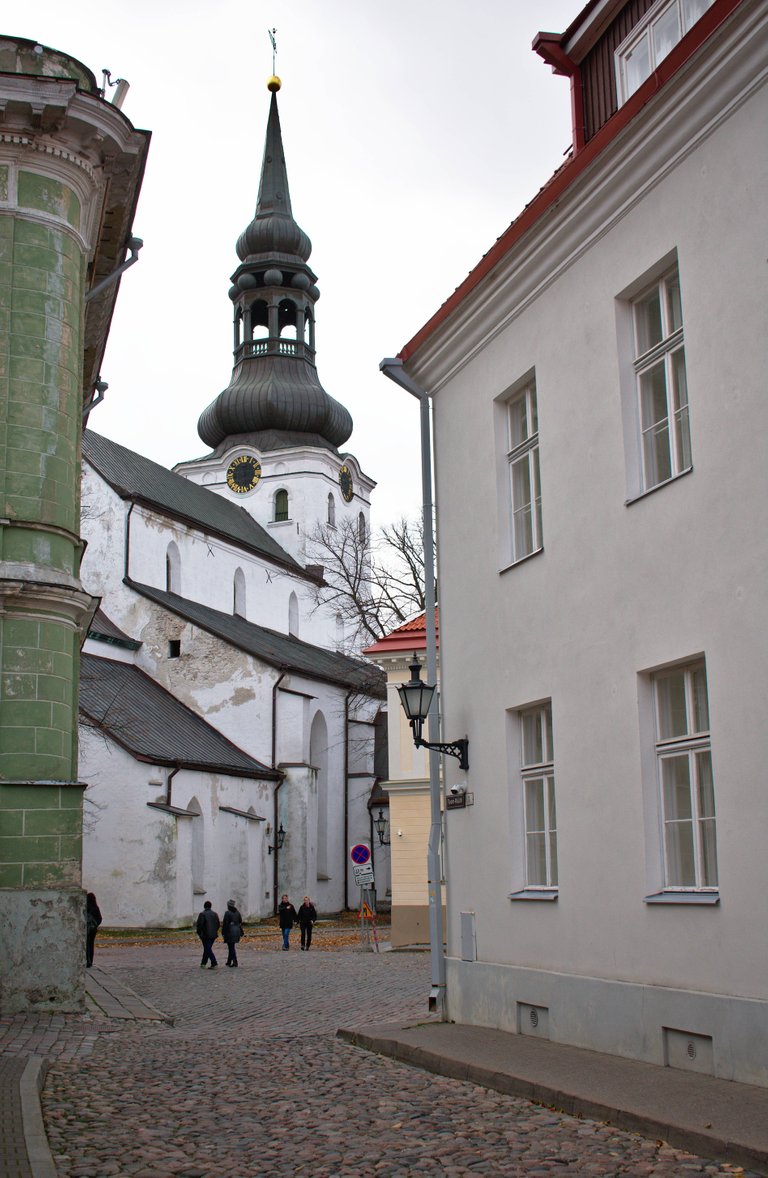
St. Mary's Cathedral

Time to go home. Our ship, the Viking XPRS.
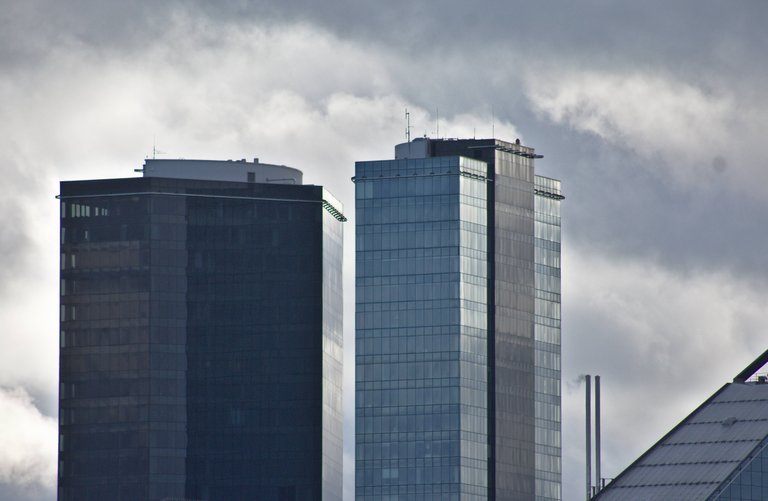
Taken from the 10th deck of the ship
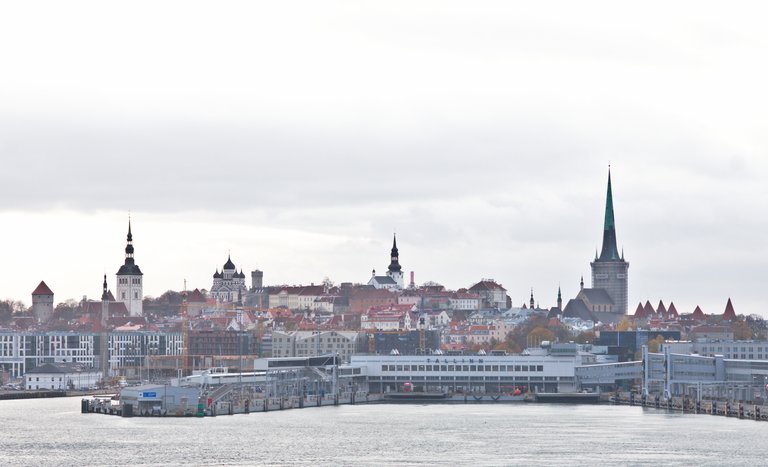
Bye bye Tallinn. Perhaps we'll be back in the summer.